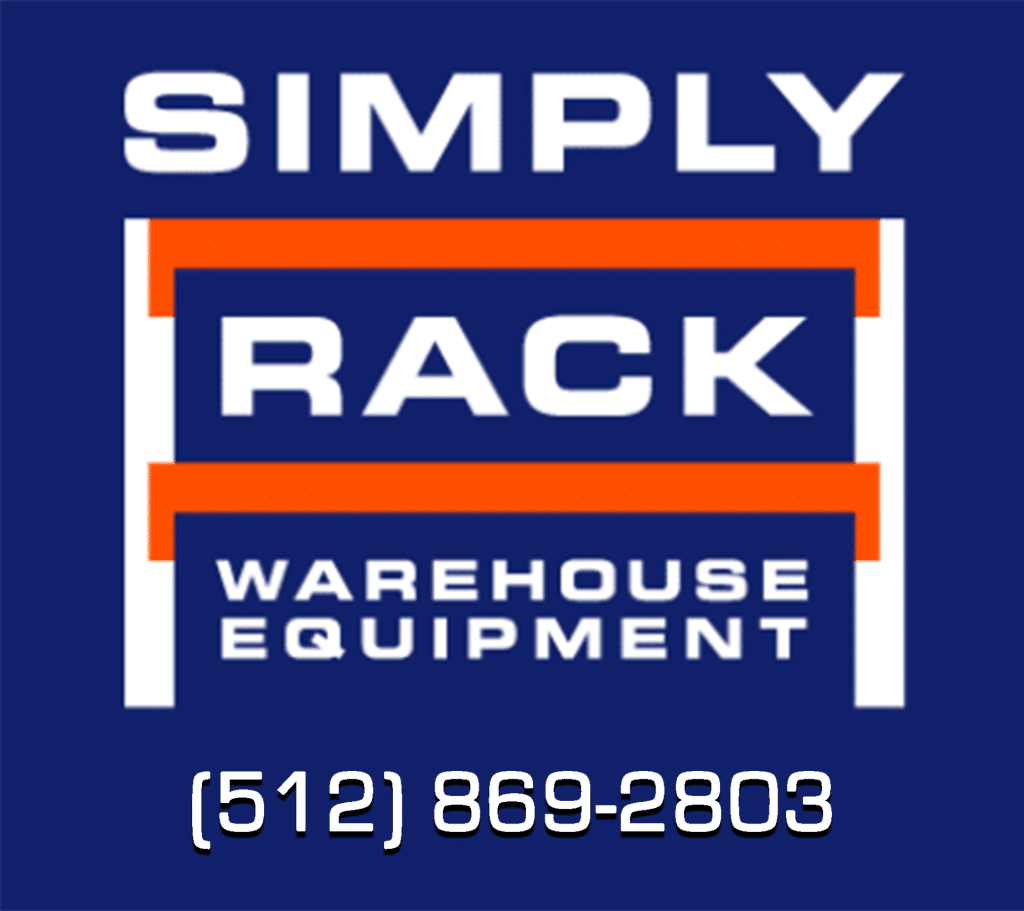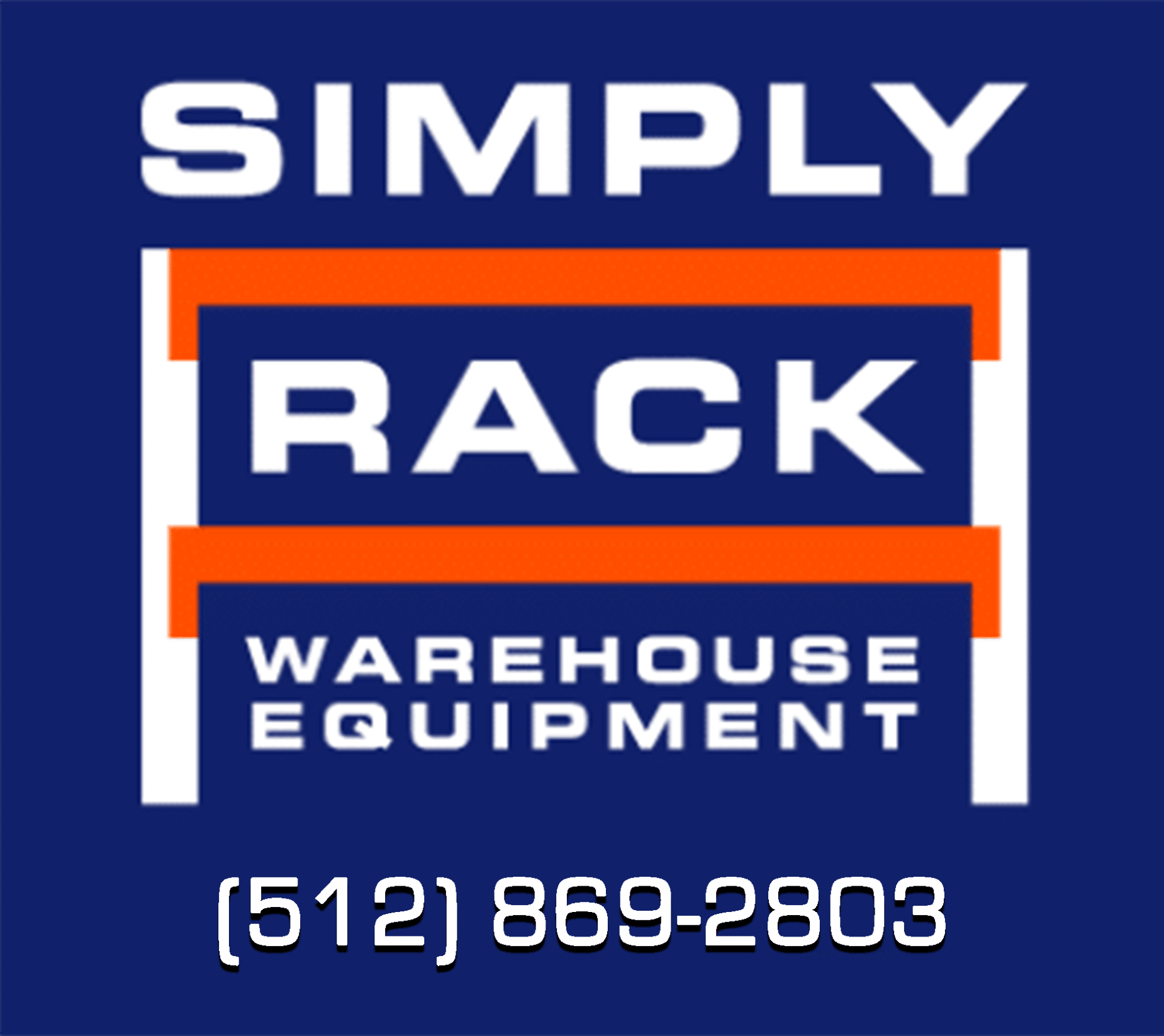Guide to Pallet Racking Uprights
When it comes to optimizing warehouse storage, pallet racking systems are indispensable, and at the heart of these systems are the unsung heroes known as pallet racking uprights. These vertical pillars provide the structural support and stability needed to safely store and organize goods in warehouses of all sizes and types. We’ll explore the critical role of pallet racking uprights and their various characteristics and considerations.
The Foundation of Pallet Racking Systems
Pallet racking uprights, also referred to as vertical frames or upright columns, are the vertical components of a pallet racking system. They are typically placed at regular intervals along the length of a racking system and serve as the primary load-bearing structure. Uprights play a vital role in the overall stability and safety of the racking system. Here’s why they are so crucial:
1. Vertical Support:
Pallet racking uprights provide the vertical support needed to bear the weight of pallets and goods stored on the racking system. They transfer the load to the floor, ensuring the safe distribution of weight.
2. Connection Points:
Uprights feature slots, holes, or other connectors that allow for the attachment of horizontal beams, cross braces, and other components. These connections ensure the integrity and rigidity of the entire racking system.
3. Adjustability:
Many pallet racking systems are designed to be adjustable in height. Uprights offer multiple slots or holes at various intervals, allowing users to change the height of the horizontal beams to accommodate different pallet sizes and inventory requirements.
Characteristics of Pallet Racking Uprights
Understanding the characteristics of pallet racking uprights is essential when selecting the right system for your warehouse. Some types of pallet racking such as Cantilever or Teardrop use uprights specifically designed for those types of pallet racks. Here are some key considerations:
1. Height of Uprights:
Uprights come in various heights to match the vertical storage capacity needed in your warehouse. Ensure that the upright height is compatible with the maximum height of your stored pallets.
2. Depth:
The depth of uprights determines the depth of your racking system. It should match the depth of your pallets and the layout of your warehouse.
3. Load Capacity:
Each upright has a specified load capacity. It’s crucial to select uprights that can support the weight of your heaviest pallet loads. Overloading can lead to structural failures and safety hazards. For example, Drive In racking generally use structural uprights because they need to support heavy loads and withstand the impact of forklifts driving in and out of the storage bays while Push-back racking systems and Pallet flow racking systems commonly use structural uprights to handle the weight.
4. Configuration:
Pallet racking systems can have single-sided or double-sided upright configurations. The choice depends on the layout of your warehouse and whether access to pallets is required from one or both sides.
Safety Considerations
Safety is paramount in any warehouse, and pallet racking uprights play a significant role in ensuring it. Here are some safety considerations:
Regular Inspection: Periodic inspections of uprights for signs of damage, such as dents, bends, or corrosion, are essential. Damaged uprights should be repaired or replaced promptly to prevent accidents.
Proper Installation: Ensure that pallet racking uprights are installed according to the manufacturer’s guidelines and that they are securely anchored to the floor.
Load Distribution: Distribute loads evenly on each level of the racking system to prevent overloading and instability.
Pallet racking uprights provide the foundational support needed to create efficient and organized storage systems. Understanding their characteristics, load capacities, and safety considerations is vital for selecting and maintaining a pallet racking system that meets your warehouse’s specific needs. Properly chosen and maintained uprights contribute to a safe, functional, and space-optimized warehouse environment.
For all your pallet racking needs, reach out to Simply Rack today! Whether you’re looking for expert guidance, tailored solutions, or Quick Ship convenience, we’re here to help. Contact us now at 512-869-2803 or visit our location at 8560 North IH 35 Service Road, Georgetown, TX 78626, United States. Your optimized warehouse storage journey starts here with Simply Rack.

